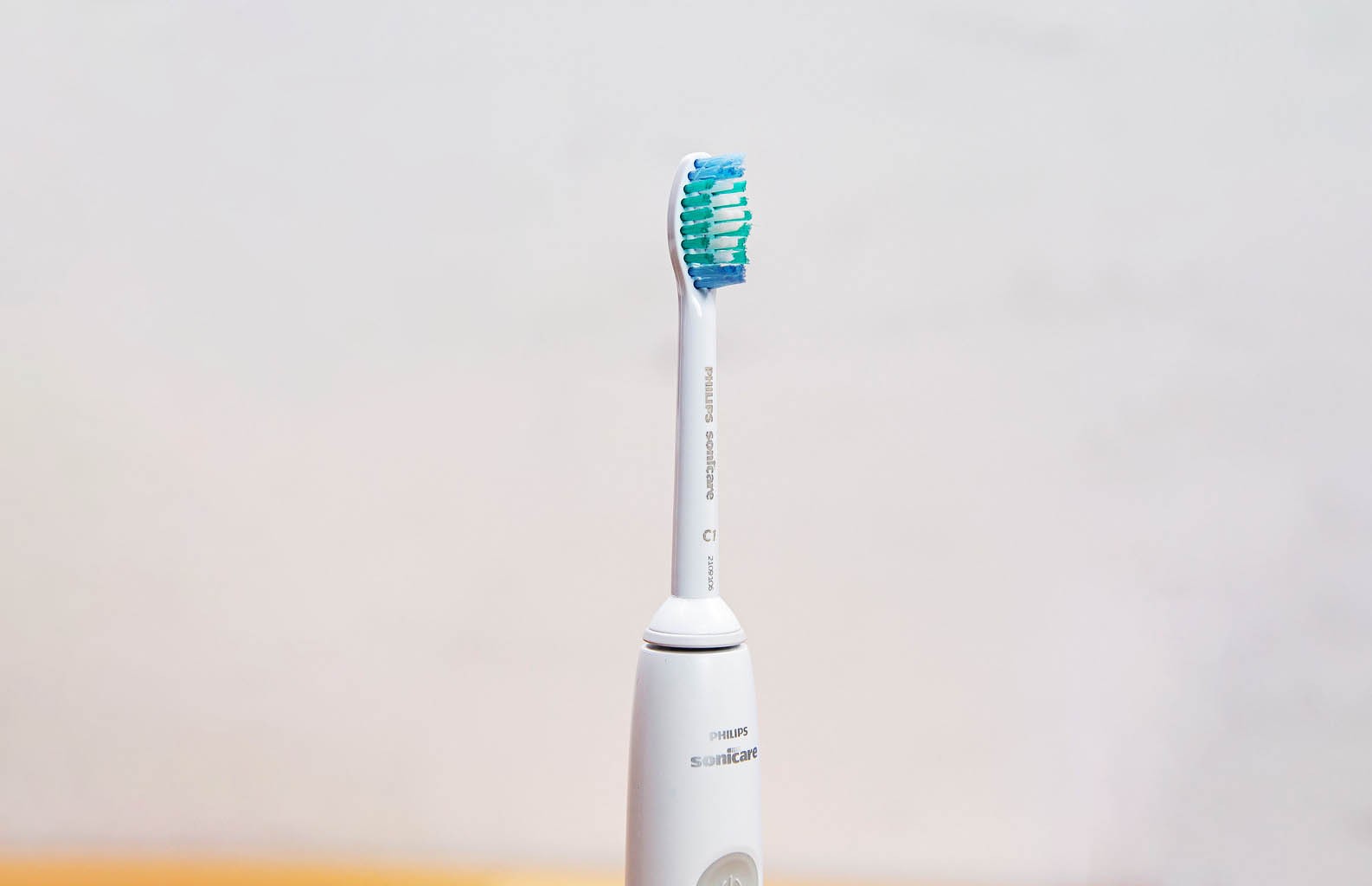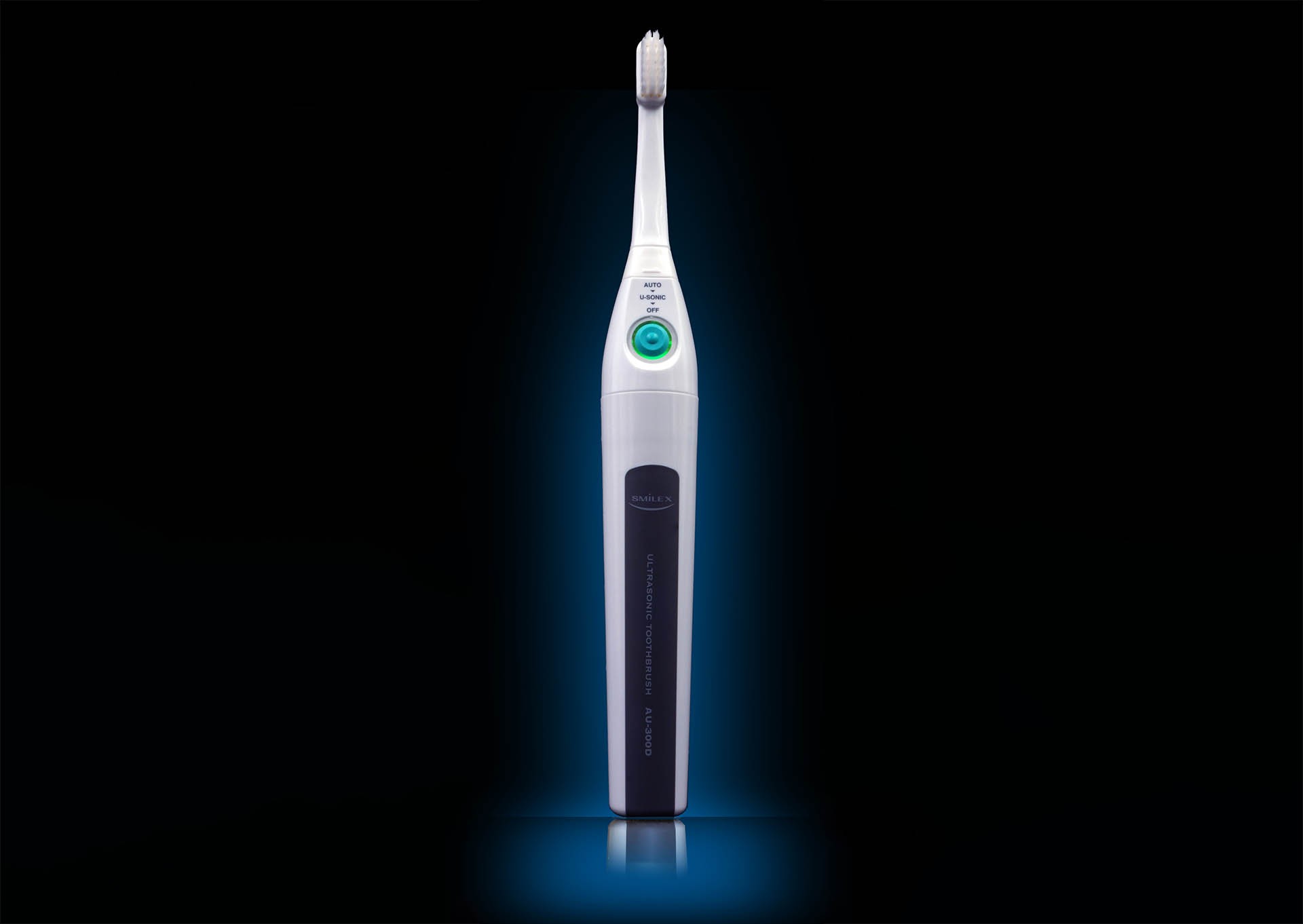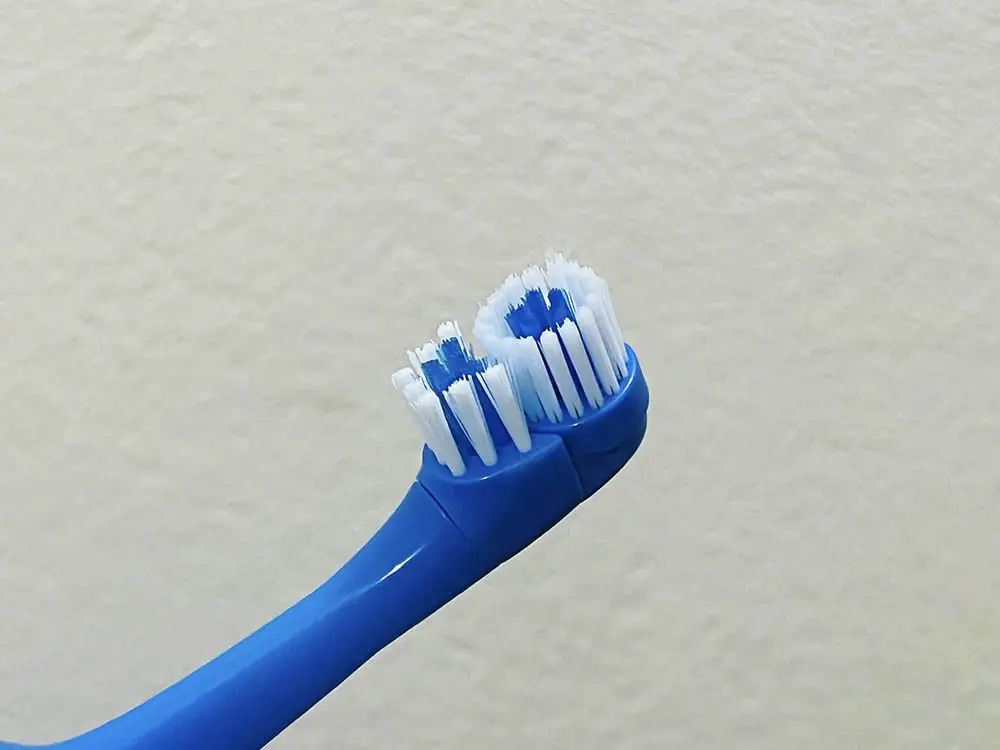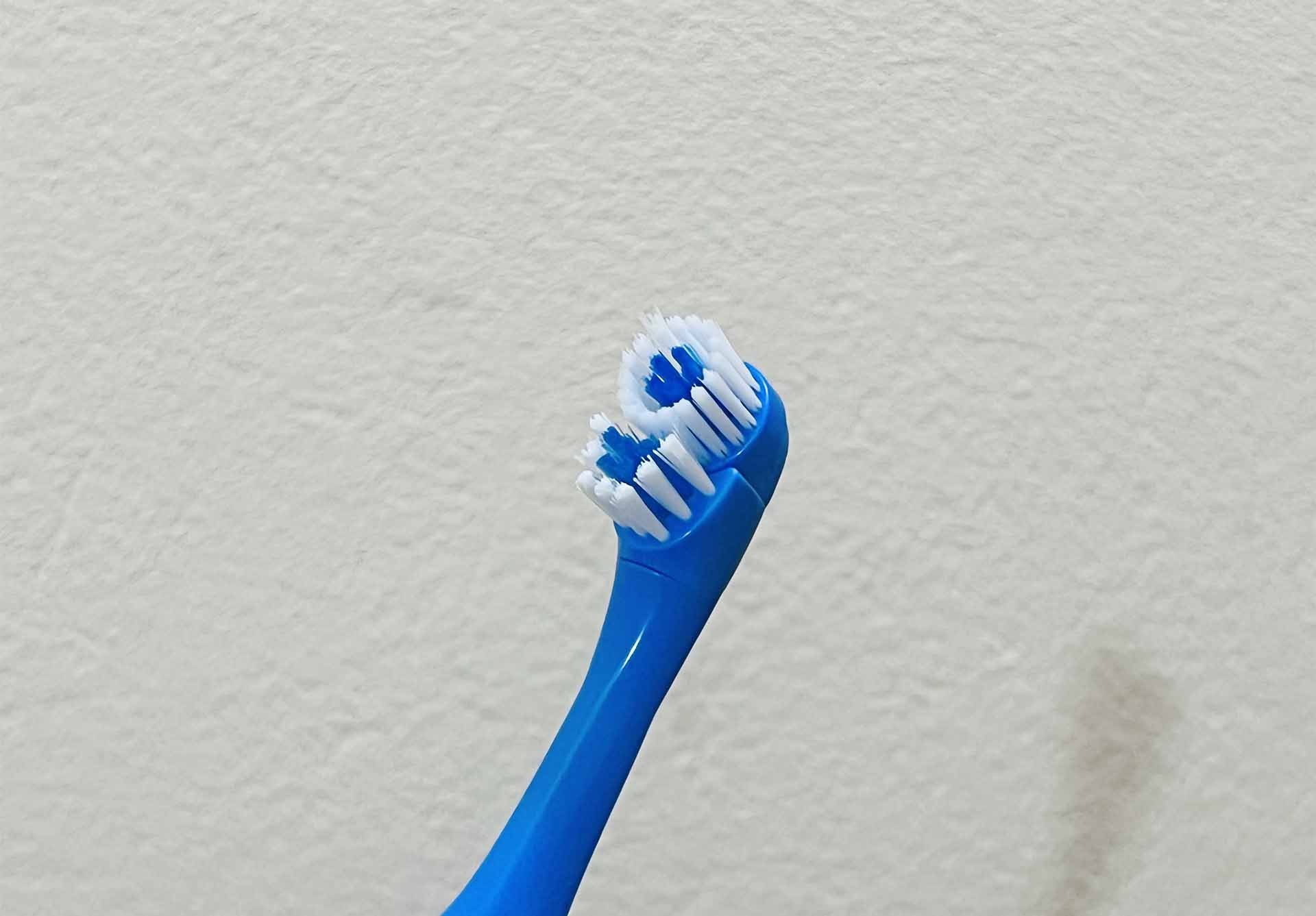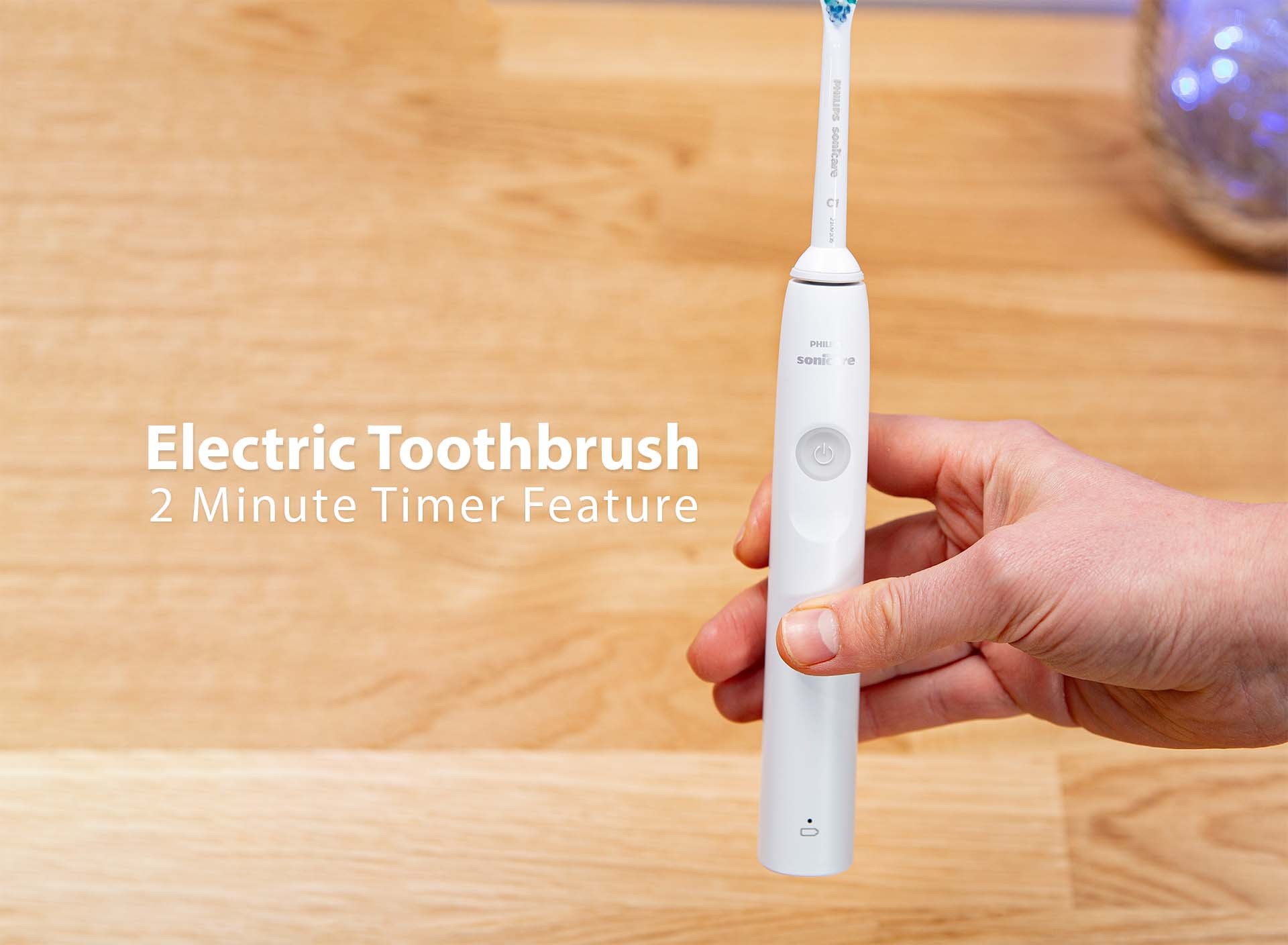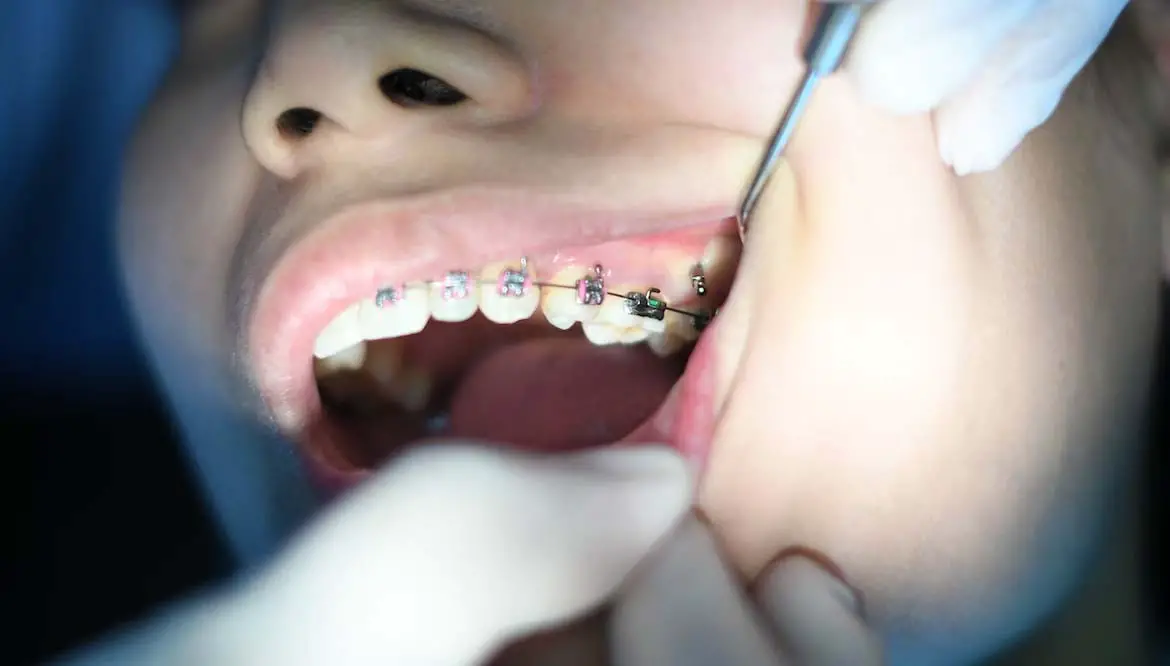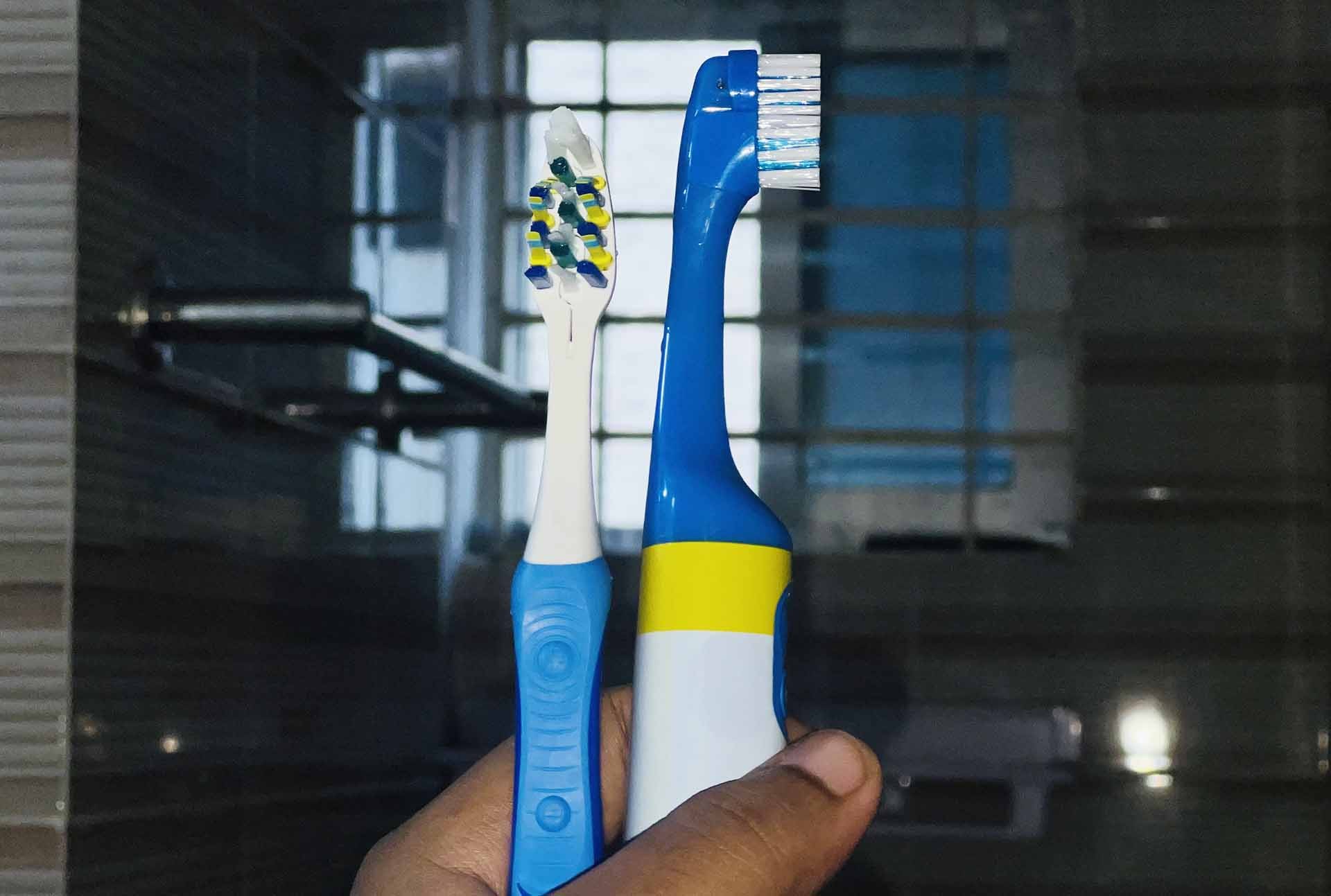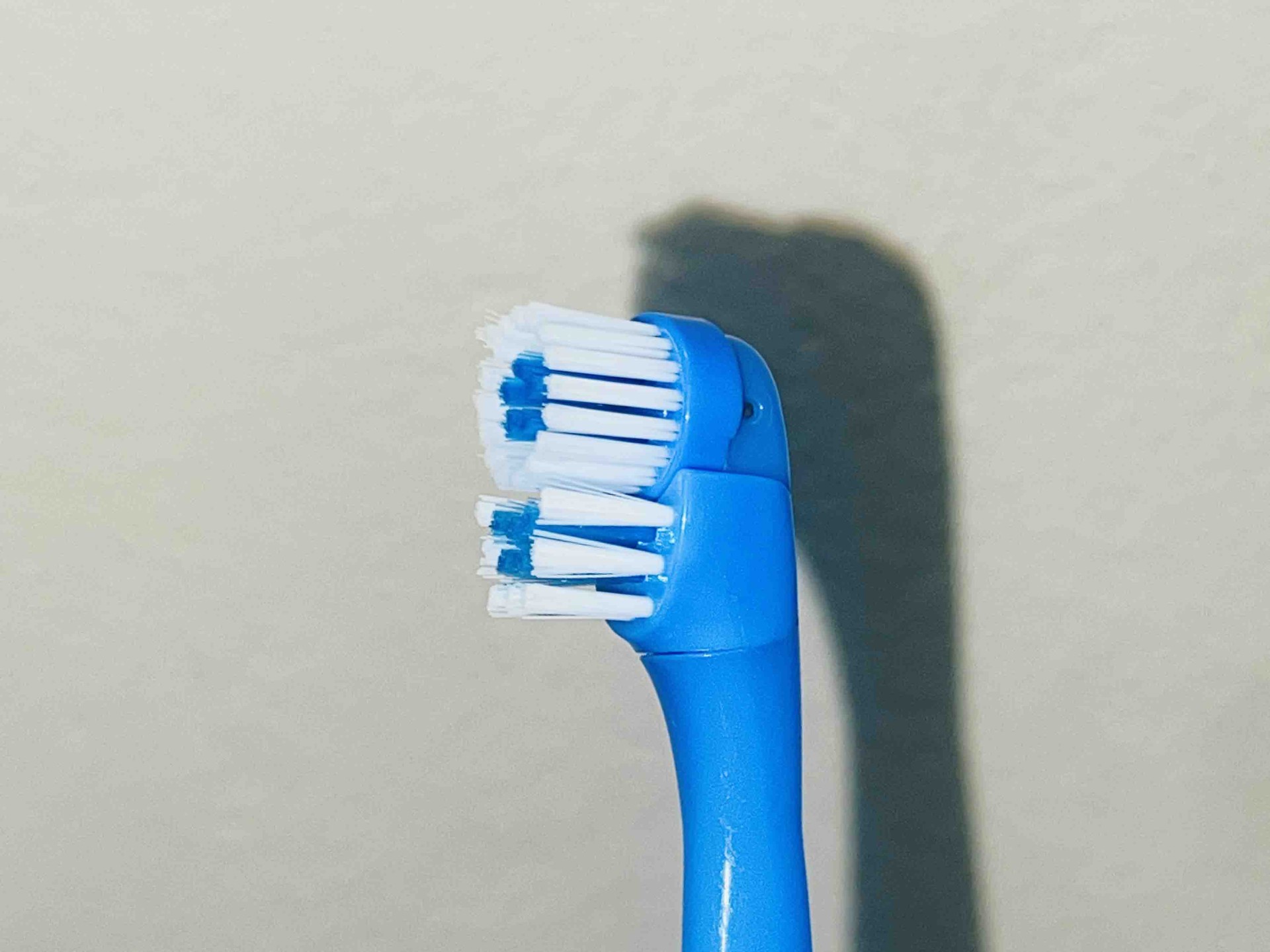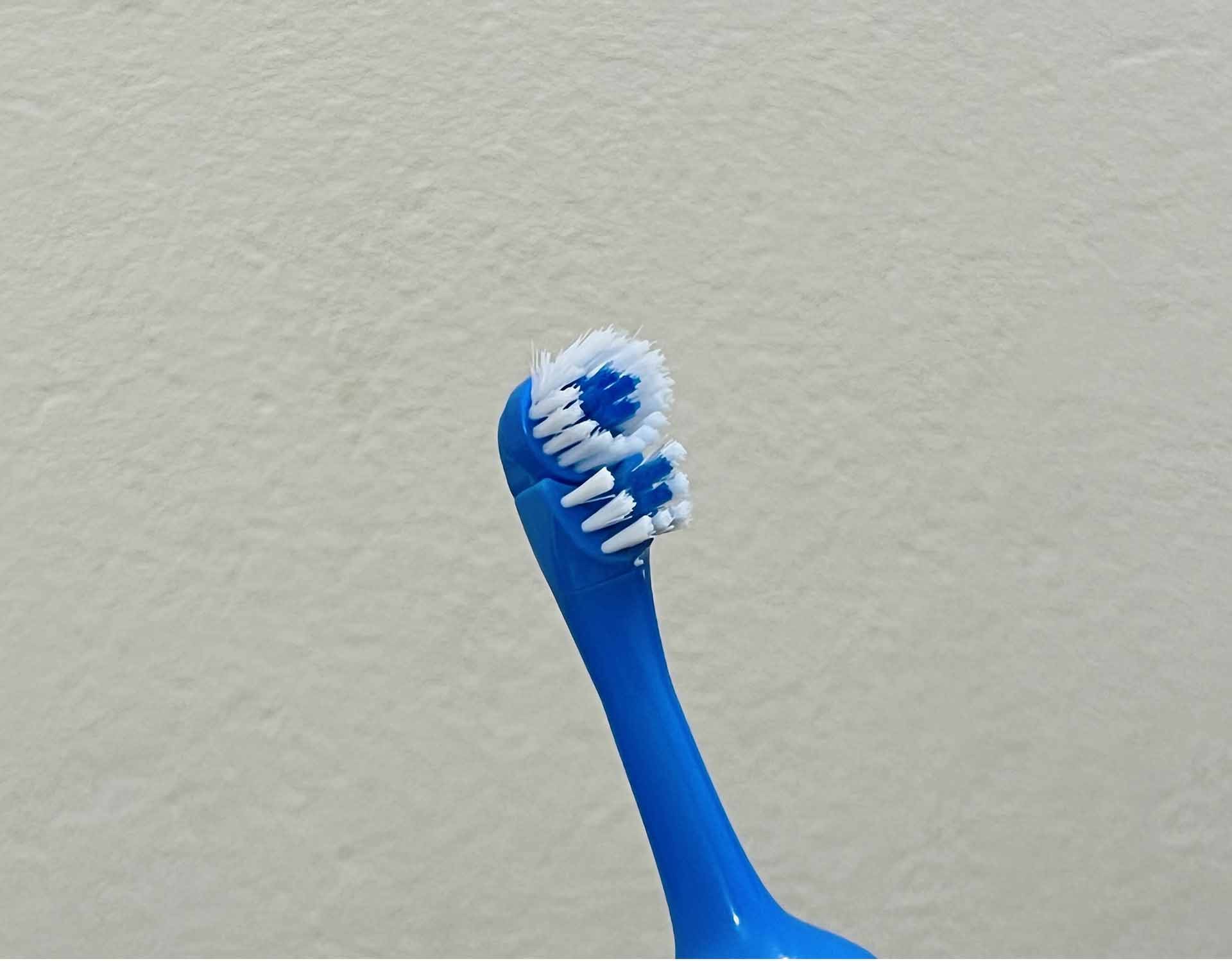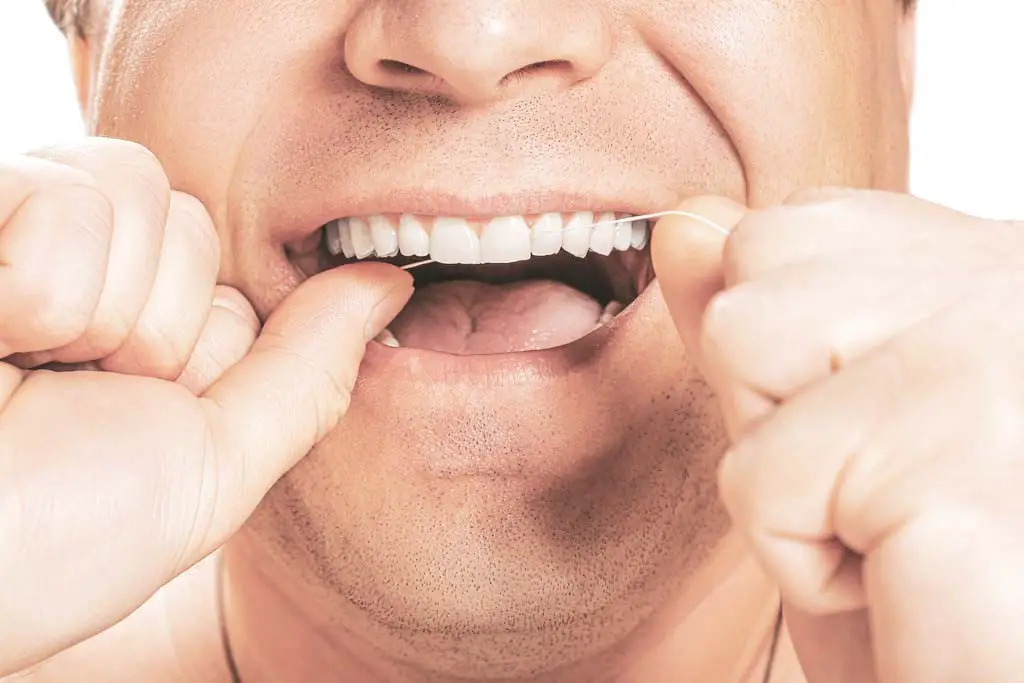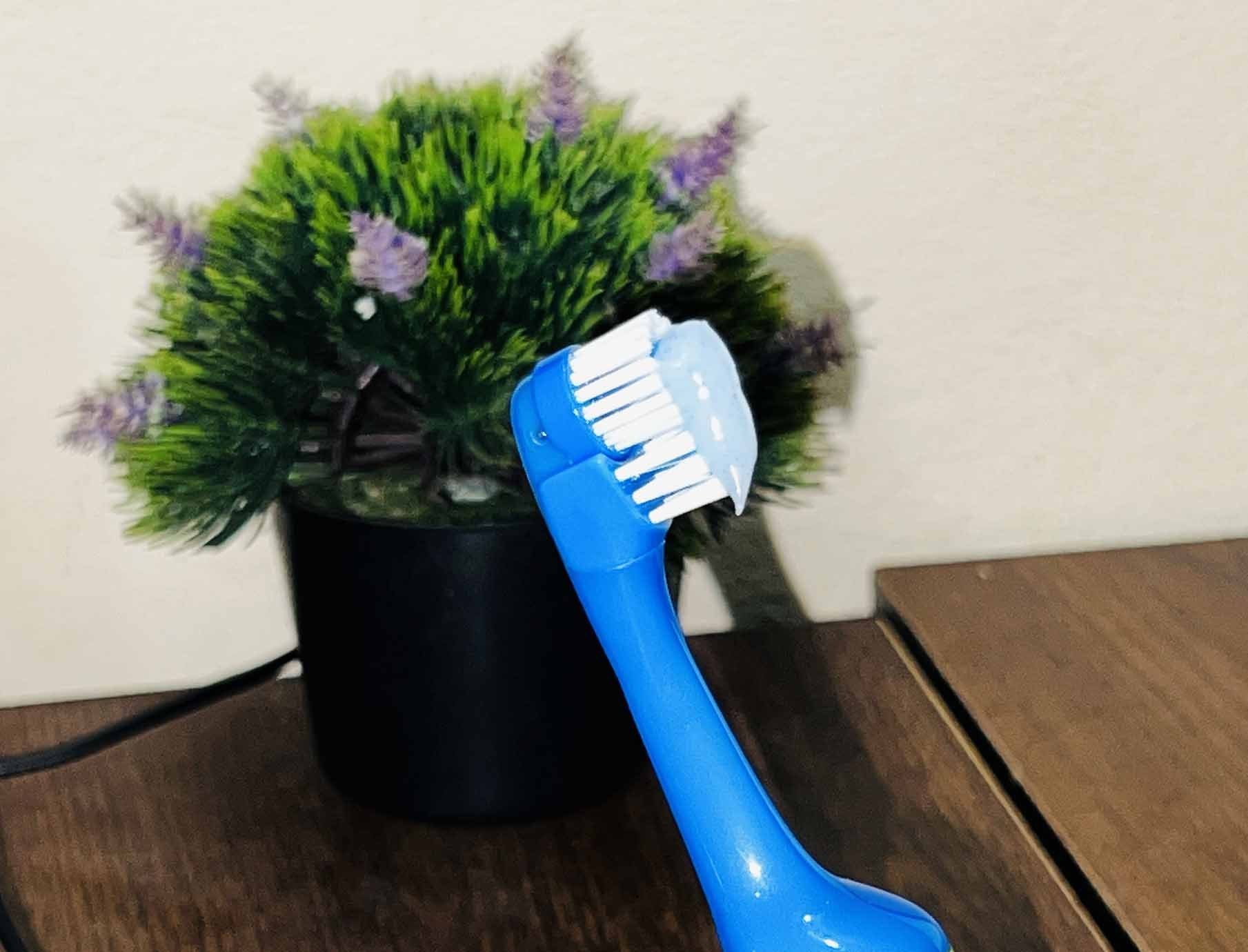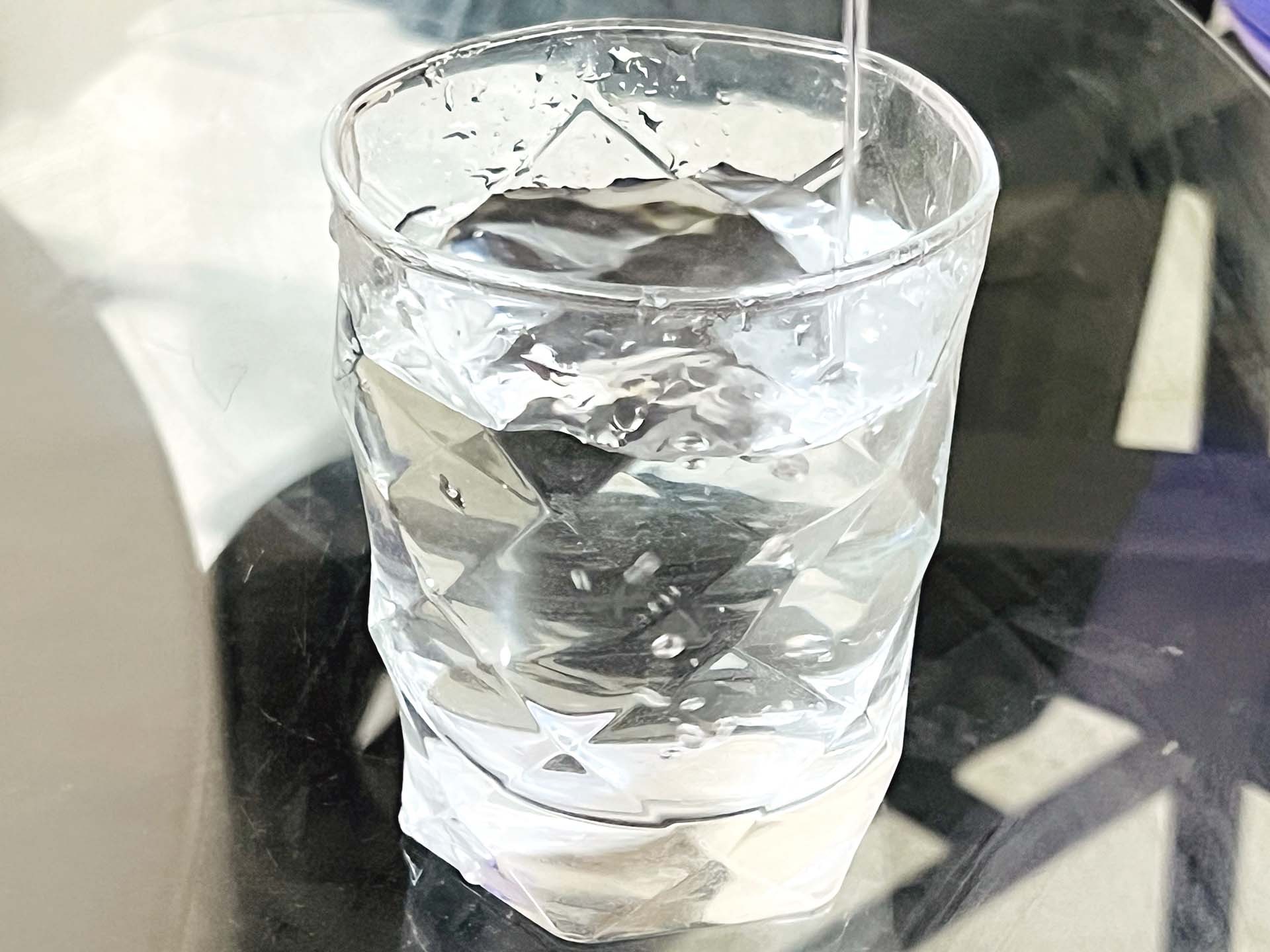I regularly use my electric toothbrush, so I understand the frustration of not feeling like your teeth are clean after using one. Have you ever thought why, even after investing in a high-tech toothbrush with advanced features, you still experience the sensation of plaque and dirt clinging to your teeth?
Let me share my experience and offer some solutions to why electric toothbrushes may not leave your teeth feeling clean. Additionally, I’ll discuss effective alternatives that can help you achieve that fresh, clean feeling in your mouth.
How Electric Toothbrushes Work?
Let’s start with how electric toothbrushes work. Understanding their basics will help you better understand the causes of your post-brush unclean feeling. There are three main types of electric toothbrushes: ultra-sonic, sonic, and oscillating-rotating. Here is how these work:
1. Sonic Toothbrushes
Sonic toothbrushes are one of the most popular types of electric toothbrushes available today. These toothbrushes use high-frequency vibrations to clean your teeth thoroughly. The brush head of a sonic toothbrush can move at an impressive speed, typically ranging from 12,000 to 48,000 movements per minute.
The high-amplitude sweeping motion of sonic toothbrushes is responsible for their superior cleaning capabilities. Unlike manual toothbrushes, sonic toothbrushes rely solely on sweeping motion to remove plaque and debris from your teeth.
Research has shown that using a sonic toothbrush can reduce gum abrasion, making it a great choice for those with sensitive gums.
Also Read:-How Long Does A Philips Sonicare Toothbrush Last?
2. Ultrasonic Toothbrushes
Ultrasonic toothbrushes are the latest innovation in the world of electric toothbrushes. These advanced toothbrushes use ultrasonic waves to clean your teeth effectively. To be classified as “ultrasonic,” a toothbrush must generate waves at a minimum frequency of 20,000 Hz or 2.4 million movements per minute.
FDA-approved ultrasonic toothbrushes typically operate at a frequency of 1.6 MHz or 192 million movements per minute. Despite their high frequency and low amplitude, ultrasonic toothbrushes produce vibrations that disassemble dental plaque-forming bacterial chains.
These vibrations also eliminate the points of plaque attachment to the tooth surface, even reaching up to 5 mm below the gum line.
3. Oscillating-Rotating Toothbrushes
Unlike the cylindrical shape of a typical manual toothbrush, oscillating-rotating toothbrushes feature a small round brush head that spins and oscillates to remove plaque. The brush head’s design is similar to the prophylaxis handpiece used by dental professionals to remove plaque in dental offices.
Oscillating-rotating toothbrushes are known for reaching difficult-to-reach spaces between the teeth, thanks to the rotating motion of the brush head. Some models also incorporate a pulsing motion to provide an even more thorough clean.
Also Read:-Do You Use Toothpaste With a Sonic Toothbrush?
Benefits Of Using Electric Toothbrushes
Using an electric toothbrush can make a significant difference in maintaining good oral hygiene. Not only do electric toothbrushes provide more efficiency in eliminating plaque, but they also offer a range of other benefits that can improve your overall dental health.
The following are some of the key advantages of using electric toothbrushes:
1. More Plaque Removing Efficiency
According to a review of research, manual toothbrushes do not generally reduce plaque and gingivitis as well as electric toothbrushes. In fact, studies have shown that gingivitis decreased by 11% and plaque decreased by 21% after 3 months of regular usage of electric toothbrushes.
When it comes to electric toothbrush performance, oscillating (rotating) toothbrushes outperform only vibrating toothbrushes.
2. Brushing Time Optimization With Integrated Timers And Pacers
The timer feature is one of the most enhanced advantages of utilizing a power toothbrush. Electric toothbrushes are equipped with timers that make it easier for you to develop a good cleaning routine for the appropriate time.
Dentists recommend brushing your teeth for two minutes, and with an electric toothbrush, you can be sure to clean your teeth for the necessary length of time.
3. Supportive Of People With Limited Mobility
For people with restricted or impaired movement, electric toothbrushes are highly recommended. Manual brushing can be difficult for individuals with wrist or hand problems as it puts too much pressure on pressure points.
People with arthritis, Carpal Tunnel Syndrome, and other developmental problems should use power toothbrushes as they perform most of the job for you. With ease, they will learn how to brush correctly.
4. Consistent And Uniform Power Delivery
Your hand motion and posture are important factors while using a manual toothbrush. It can be challenging to provide consistent pressure to the gums and teeth during brushing. This is where electric toothbrushes excel.
They provide a consistent and uniform power delivery throughout the bristles and brush, ensuring optimal cleaning (until the battery is almost empty).
5. Several Types Of Brush Heads And Cleaning Modes
Most electric toothbrushes come with replaceable brush heads and cleaning settings that allow you to achieve various kinds of results. Some toothbrush heads are specifically designed for sensitive teeth, intense cleaning, teeth whitening, and gum care.
The precise term, duration, amount of force utilized, resultant brush strokes, and movement employed all differ, catering to your specific dental needs.
6. Minimize Waste
When it’s time for a new toothbrush, electric toothbrushes are less wasteful. Instead of discarding the whole toothbrush, you often just have to replace the head of your electric toothbrush.
However, if you use a one time electric toothbrush, you’ll have to swap it out when the time comes entirely.
7. Beneficial For People Who Has Orthodontic Appliances
Electric toothbrushes are especially beneficial for individuals wearing orthodontic gadgets like braces.
According to one study, orthodontic appliance users found it easier to brush with electric toothbrushes, while those with great oral health had equal plaque levels whether or not they used one.
8. Eliminate Foul Breath
Using an electric toothbrush can help eliminate foul breath. Bad breath is often a sign of food and plaque buildup along your gum line and in between your teeth.
By locating and removing the food particles between your teeth, an electric toothbrush and routine flossing can help you get rid of foul breath.
9. Easier To Adhere To The 2-Minute Advice
Dentists recommend cleaning your teeth for two minutes. While it may seem like a lot of time, maintaining healthy teeth and proper dental hygiene is worthwhile.
With the help of the integrated timer in electric toothbrushes, you can easily adhere to the recommended two-minute brushing time.
10. Easy And Fun To Use For Kids
Teaching your children to use an electric toothbrush is simpler than teaching them how to brush their teeth using a manual brush properly. Many children’s electric toothbrushes have features like Bluetooth connection, making brushing enjoyable.
Some models even have noises that play at the start and end of the brushing cycle, making it a fun and interactive experience for kids.
12 Common Reasons Why Electric Toothbrushes May Not Make Your Teeth Feel Clean
As you see, there are many benefits of using electric toothbrushes. But, many people experience that their electric toothbrush doesn’t provide the desired clean feeling. I had the same feeling when I started using my electric toothbrush.
Here are some common reasons why electric toothbrushes may not make your teeth feel clean and their solutions:
1. Incorrect Brushing Technique
An incorrect brushing technique is one of the most common reasons electric toothbrushes may not make your teeth feel clean.
It’s important to remember that an electric brush does the work for you, so it’s essential to use the right technique to maximize its effectiveness.
Solution:
Make sure to hold the brush at a 45° angle, gently move it in small circular motions, and spend at least two minutes brushing your teeth.
Too much pressure or scrubbing back and forth can lead to ineffective cleaning and gum damage.
2. Worn-Out Brush Heads
Another reason your electric toothbrush may not provide the clean feeling you desire is due to worn-out brush heads.
Over time, the bristles on the brush heads can become frayed or flattened, making them less effective at removing plaque and debris from your teeth.
Solution:
It’s important to replace your toothbrush heads every 3 to 4 months or sooner if the bristles show signs of wear.
Regularly replacing your brush heads ensures that your electric toothbrush works at its optimal level to keep your teeth clean.
3. Insufficient Brushing Time
Sometimes, the issue may not lie with your electric toothbrush but rather the time you spend brushing your teeth.
Dentists recommend brushing for at least two minutes twice daily to effectively remove plaque and bacteria.
Suppose you’re not spending enough time brushing. In that case, it’s unlikely that your electric toothbrush will be able to provide the clean feeling you desire.
Solution:
Consider using a timer or a toothbrush with a built-in timer to ensure you’re brushing for the recommended duration.
4. Inadequate Cleaning Of Hard-To-Reach Areas
Electric toothbrushes are designed to make brushing easier and more efficient, but they may struggle to clean hard-to-reach areas, such as the back molars or the space between teeth. These areas are prone to plaque buildup and can contribute to that unclean feeling.
Solution:
Consider tackling this issue by using specialized brush heads designed for hard-to-reach areas or incorporating additional cleaning tools into your oral hygiene routine, such as floss or interdental brushes. Paying extra attention to these areas can ensure a more thorough cleaning.
5. Supragingival Calculus
No matter how much you brush, if you have supragingival calculus (tartar above the gum line), your teeth won’t feel clean. This stubborn buildup of tartar is most commonly seen on the tongue side of the lower anterior teeth.
Solution:
Professional scaling and polishing by a dental expert is necessary to remove supragingival calculus effectively. They have the tools and expertise to eliminate tartar and leave your teeth feeling truly clean.
6. Not Using The Right Brush Head
Different brush heads are designed for different purposes. For example, some are designed for deep cleaning, others for sensitive teeth, and so on.
Solution:
It’s important to make sure you’re using the right brush head for your specific needs. Using the wrong brush head may not give you the desired results and leave your teeth feeling less clean than you’d like.
7. Using The Incorrect Toothbrush
You may brush your teeth successfully with both manual and an electric toothbrush. But you must use the right toothbrush. The American Dental Association recommends using a brush with a lengthy handle that enables you to clean the rear of your mouth and soft bristles.
Solution:
Look for the ADA Seal of Acceptance. A seal on the package of brushes signifies that they have been authorized by the American Dental Association.
8. Not Using The Right Toothpaste
The type of toothpaste you use can also impact the clean feeling you experience after using an electric toothbrush. Some toothpaste formulas may not provide the level of cleaning you desire, leaving your teeth feeling less clean.
Solution:
Look for toothpaste specifically formulated to remove plaque and maintain oral health. These toothpastes often contain ingredients like fluoride, which help fight cavities, and abrasive agents to assist in removing plaque and stains.
By using the right toothpaste in combination with your electric toothbrush, you can enhance the overall cleaning experience.
9. Inadequate Pressure
One of the benefits of electric toothbrushes is that they do most of the work for you. The oscillating or vibrating motion of the brush head helps remove plaque and food particles from your teeth.
Solution:
If you’re pressing too hard while brushing, the brush can become less effective. Excessive pressure can cause the bristles to bend or flatten, reducing their ability to clean your teeth properly. So, be sure to let the electric toothbrush do the work and avoid pressing too hard.
10. Missed Spots
Even with the power of an electric toothbrush, some areas can be easily missed. One common area is the lingual (tongue side) surfaces, particularly on the lower teeth and close to the gum line.
Electric brushes may give the user a false sense of security, so switching between manual and electric brushes is a good idea to ensure thorough cleaning.
Solution:
You can test this by staining your teeth with red-disclosing liquid or tablets; the dark red patches will indicate where you may be missing. Using a mouth mirror can help you view the lingual surfaces more effectively.
11. Skipping Flossing And Rinsing
While electric toothbrushes are great at cleaning the surfaces of your teeth, they may not be able to reach the spaces between your teeth effectively. Brushing alone cannot remove all the plaque and food particles from your mouth. This is where flossing comes in.
Solution:
Floss regularly, and you can clean between your teeth and remove any debris that your toothbrush might have missed. Rinsing with an appropriate mouthwash can also help kill bacteria and freshen your breath. Don’t skip these essential steps in your oral hygiene routine.
12. Not Addressing Dental Issues
An electric toothbrush alone won’t make your teeth feel clean if you have underlying dental problems, such as gum disease or cavities. While electric toothbrushes can help maintain good oral hygiene, they are not a substitute for professional dental care.
Solution:
If you’re dealing with any dental issues, seeking treatment from a dentist is crucial. They will be able to identify and address the root cause of your oral health concerns, ensuring that your teeth feel clean and healthy.
Alternative Methods To Achieve That Clean Feeling In Your Teeth
While brushing and flossing are the most common methods to keep our teeth clean, alternative techniques can provide that refreshing feeling and contribute to better oral health. Now I will share some alternative methods that you can try to achieve that clean feeling in your teeth:
1. Oil Pulling
Oil pulling is a technique that involves swishing oil around your mouth and between your teeth. The theory behind oil pulling is that the oil absorbs and removes fat-soluble pollutants from the mouth, reducing plaque accumulation and improving teeth luminosity and sensitivity. To practice oil pulling, use a good-grade edible oil like coconut oil or sesame oil.
Put one to two teaspoons of oil in your mouth and swirl it around for about 20 minutes. Spit the oil into the trash or toilet to avoid any potential ingestion of toxins and germs brought in through the mouth. Rinse your mouth with warm water and brush your teeth vigorously to eliminate any remaining oil.
2. Eat Raw Veggies
When you’re on the go, a simple yet effective method is to keep a piece of uncooked vegetables, such as cabbage, carrot, or pepper. These crisp, low-sugar vegetables can be a natural teeth cleaner.
The fibrous texture helps remove food particles and plaque from your teeth. You can enjoy this natural teeth-cleaning snack anytime, day or night.
3. Brush With Baking Soda
Baking soda not only aids in tooth whitening but also acts as a prophylactic step by alkalizing the mouth, reducing the risk of cavities and gum disease. It can also help speed up the healing process of mouth ulcers.
Instead of using toothpaste, you can make a paste by combining water and baking soda. Brush your teeth with this homemade paste for a refreshing and cleansing experience.
4. Sesame Seed Chewing
Chewing on sesame seeds can help remove plaque without harming your teeth. Chew a handful of sesame seeds until they break down into tiny bits.
While the seeds are still in your mouth, use a spare toothbrush to dry clean your teeth. Rinse your mouth and brush as usual afterward. Your teeth will benefit from this natural tooth cleanser.
5. Toothpaste Without Chemicals
To reduce exposure to toxins, consider using toothpaste free of hazardous ingredients. Using toothpaste free of hazardous ingredients is one way to limit our everyday exposure to toxins.
Technically, toothpaste is not necessary to physically remove plaque from your teeth. However, if you prefer using toothpaste, opt for a brand that is devoid of chemicals.
6. Healthy Eating
The food you consume plays a significant role in your oral health. Limiting your intake of sugary and acidic foods can help prevent plaque formation. Foods that are rich in vitamins alkalize the mouth or are high in calcium and protein can help preserve tooth enamel and strengthen teeth.
Consider incorporating soft cheese, homemade Greek yogurt, almonds, and greens into your diet for healthier teeth.
7. Swish with Mouthwash
Having some fluoride mouthwash on hand can be beneficial for swishing after meals or whenever convenient. Fluoride mouthwash helps prevent tooth decay.
If space is an issue, you can transfer a small amount of mouthwash into a portable container that can be tucked away in your purse, pocket, or drawer. Take a sip of mouthwash, swirl it around your gums and teeth, and then rinse it out.
8. Drink Plenty of Water
Drinking clean, fresh water hydrates your body and helps rinse away food particles from your teeth, gums, and tongue.
If you have some fluoride toothpaste with you but no toothbrush, you can put a pea-sized amount in your mouth and distribute it over your teeth using your tongue. Rinse with water instead of swallowing the toothpaste.
FAQs
After reading till now, you already know why your teeth may not feel clean even after brushing with an electric toothbrush. However, the following questions will aid you regarding the matter:
Why does my mouth feel dry even after brushing?
A dry mouth might be a result of insufficient saliva production by your salivary glands. More germs may accumulate on your teeth as a consequence of dry mouth. Additionally, it raises your risk for gum disease and tooth decay, which may lead to foul breath. Various drugs, cigarette usage, and alcohol may increase mouth dryness.
Why don’t my teeth feel smooth after brushing?
Occasionally, tartar accumulation or calculus buildup may be the cause of it. Rough teeth, however, often indicate a problem with the condition of your enamel and how it may be degrading.
How can I really clean my mouth?
Use fluoride toothpaste to brush your teeth twice daily. Regularly floss. Keep up with regular checkups and cleanings at the dentist. Inform the dentist of any medical issues you are experiencing and any drugs you are taking.
Conclusion
An electric toothbrush is a powerful tool for maintaining oral hygiene, but it’s not a magic wand. Its effectiveness depends on many factors. As we’ve seen, there can be numerous reasons why your teeth don’t feel clean even after using an electric toothbrush.
However, with the right technique, it’s possible to maintain that fresh and clean feeling all day. If you continue to experience a less-than-clean feeling after brushing, it might be time to visit your dentist to ensure no deeper issues are at play.
Also Read:-Protect Toothbrush From Bugs

